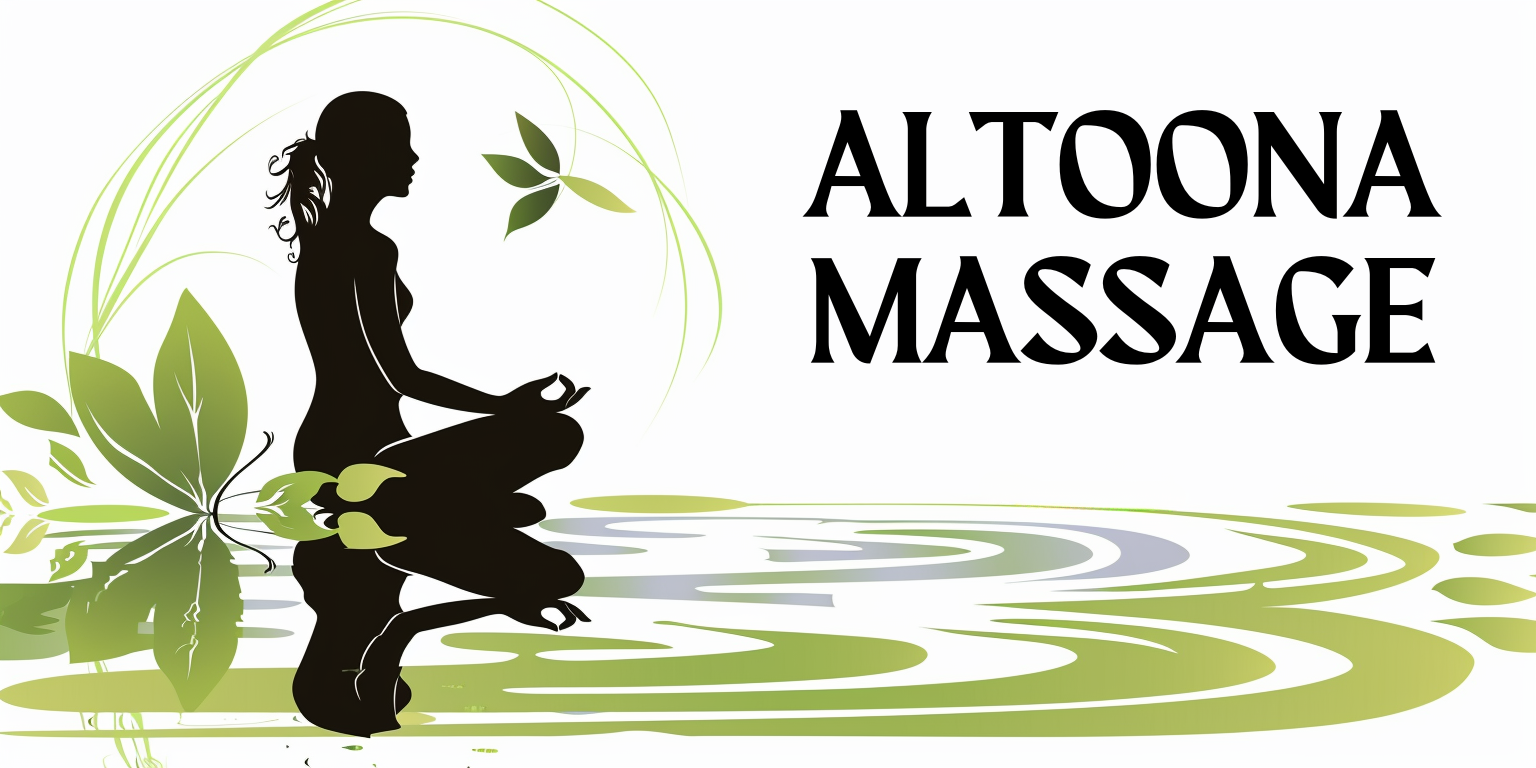Post-Traumatic Stress Disorder (PTSD) is a complex mental health condition that arises after experiencing or witnessing a traumatic event. You may find that PTSD manifests in various ways, affecting not only your mental state but also your physical health. Symptoms can include flashbacks, severe anxiety, nightmares, and uncontrollable thoughts about the event.
These psychological symptoms often lead to physical manifestations such as chronic pain, fatigue, and gastrointestinal issues. The body, in essence, becomes a vessel for the trauma you have endured, leading to a cycle of distress that can be difficult to break. The impact of PTSD on the body is profound and multifaceted.
When you experience trauma, your body enters a state of heightened alertness, often referred to as the “fight or flight” response. This physiological reaction can lead to increased heart rate, elevated blood pressure, and a surge of stress hormones like cortisol. Over time, these responses can contribute to long-term health issues, including cardiovascular problems and weakened immune function.
Understanding this connection between mind and body is crucial for anyone seeking to heal from PTSD, as it highlights the importance of addressing both psychological and physical symptoms in recovery.
Key Takeaways
- PTSD can have a significant impact on the body, leading to symptoms such as muscle tension, pain, and hypervigilance.
- Massage therapy can provide numerous benefits for individuals with PTSD, including reducing anxiety, improving sleep, and promoting relaxation.
- Massage therapy can help manage symptoms of PTSD by reducing cortisol levels, increasing serotonin and dopamine levels, and promoting a sense of safety and trust.
- Effective massage therapy techniques for PTSD recovery include Swedish massage, deep tissue massage, myofascial release, and craniosacral therapy.
- The role of touch and human connection in massage therapy for PTSD is crucial for building trust, promoting relaxation, and providing a sense of safety for individuals with PTSD.
The benefits of massage therapy for individuals with PTSD
Massage therapy offers a unique approach to healing that can be particularly beneficial for individuals grappling with PTSD. One of the primary advantages of massage is its ability to promote relaxation and reduce stress. When you receive a massage, your body releases endorphins and oxytocin, hormones that help alleviate pain and foster feelings of well-being.
This biochemical response can counteract the heightened stress levels often associated with PTSD, allowing you to experience a sense of calm and safety that may feel elusive in your daily life. Moreover, massage therapy can serve as a powerful tool for reconnecting with your body. Many individuals with PTSD struggle with dissociation or feeling disconnected from their physical selves.
Through the gentle touch of a skilled massage therapist, you may find it easier to re-establish this connection. This process can be incredibly grounding, helping you to become more aware of your body’s sensations and needs. As you learn to trust your body again, you may discover new pathways toward healing and resilience.
How massage therapy can help manage symptoms of PTSD

The management of PTSD symptoms can be a challenging journey, but massage therapy offers several avenues for relief. One significant benefit is its ability to reduce anxiety and promote emotional regulation. When you engage in regular massage sessions, you may notice a decrease in the frequency and intensity of anxiety attacks.
The soothing nature of massage can help calm your nervous system, allowing you to navigate daily stressors with greater ease. Additionally, massage therapy can improve sleep quality, which is often disrupted in individuals with PTSD. You might find that the relaxation induced by massage helps you fall asleep more easily and stay asleep longer.
Improved sleep can lead to better overall mental health, as restorative rest is essential for emotional regulation and cognitive function. By incorporating massage into your self-care routine, you may find that you are better equipped to face the challenges associated with PTSD.
Types of massage therapy techniques that are effective for PTSD recovery
There are various massage therapy techniques that can be particularly effective for individuals recovering from PTSD. One such technique is Swedish massage, which focuses on long strokes and kneading to promote relaxation and improve circulation. This gentle approach can help ease muscle tension and create a sense of tranquility, making it an excellent choice for those who may be sensitive to touch due to their trauma.
Another technique worth exploring is deep tissue massage. While it is more intense than Swedish massage, deep tissue work can target specific areas of chronic tension that may have developed as a result of stress or trauma. By addressing these physical manifestations of emotional pain, deep tissue massage can facilitate a deeper release and promote healing on multiple levels.
You may also consider modalities like aromatherapy massage or myofascial release, both of which can enhance the therapeutic experience by incorporating elements that resonate with your personal preferences and needs.
The role of touch and human connection in massage therapy for PTSD
Touch is a fundamental aspect of human connection that plays a vital role in the healing process for individuals with PTSD. For many, trauma can lead to feelings of isolation and disconnection from others. Massage therapy provides an opportunity to experience safe and nurturing touch in a controlled environment.
This can help rebuild trust in your body and foster a sense of belonging that may have been lost during your traumatic experiences. The therapeutic relationship between you and your massage therapist is also crucial. A skilled therapist will create a safe space where you feel comfortable expressing your needs and boundaries.
This sense of safety allows you to explore the emotional aspects of your trauma while receiving physical care. As you engage in this process, you may find that the power of human connection through touch becomes an essential component of your healing journey.
Integrating massage therapy into a comprehensive PTSD treatment plan

To maximize the benefits of massage therapy for PTSD recovery, it is essential to integrate it into a comprehensive treatment plan. This plan should ideally include various therapeutic modalities tailored to your unique needs. In addition to massage therapy, you might consider cognitive-behavioral therapy (CBT), mindfulness practices, or support groups as part of your holistic approach to healing.
Collaboration with mental health professionals is key when developing this comprehensive plan. Your therapist can help guide you in selecting appropriate therapies and monitoring your progress over time. By combining different approaches, you create a multifaceted support system that addresses both the psychological and physical aspects of PTSD.
This integrated approach not only enhances the effectiveness of each treatment but also empowers you on your journey toward recovery.
Research and evidence supporting the use of massage therapy for PTSD recovery
The growing body of research surrounding the use of massage therapy for PTSD recovery provides compelling evidence for its effectiveness. Studies have shown that individuals who receive regular massage report significant reductions in symptoms such as anxiety, depression, and hyperarousal. These findings underscore the potential of massage therapy as a valuable adjunct to traditional therapeutic approaches.
Moreover, research indicates that massage therapy can lead to measurable changes in physiological markers associated with stress. For instance, studies have demonstrated reductions in cortisol levels following massage sessions, suggesting that this form of therapy can effectively mitigate the body’s stress response. As more research emerges in this field, it becomes increasingly clear that massage therapy holds promise as a viable option for those seeking relief from the burdens of PTSD.
Finding a qualified massage therapist for individuals with PTSD
Finding a qualified massage therapist who understands the unique needs of individuals with PTSD is crucial for ensuring a positive therapeutic experience. When searching for a therapist, consider looking for someone who specializes in trauma-informed care or has experience working with clients who have experienced similar challenges. You might also seek recommendations from mental health professionals or support groups focused on PTSD recovery.
During your initial consultation with a potential therapist, take the opportunity to discuss your specific needs and concerns openly. A good therapist will listen attentively and create a treatment plan tailored to your comfort level and goals. Trust your instincts; if you feel uneasy or uncomfortable during your first session, it’s perfectly acceptable to seek out another therapist who better aligns with your needs.
In conclusion, understanding the multifaceted nature of PTSD and its impact on both mind and body is essential for effective recovery. Massage therapy emerges as a powerful tool in this journey, offering numerous benefits that extend beyond mere relaxation. By integrating massage into a comprehensive treatment plan and finding a qualified therapist who understands your unique needs, you can take significant steps toward healing from the effects of trauma.
As you embark on this path, remember that recovery is not linear; it is a journey filled with ups and downs—but with each step forward, you are moving closer to reclaiming your life.
FAQs
What is PTSD?
PTSD stands for Post-Traumatic Stress Disorder, which is a mental health condition that can develop after experiencing or witnessing a traumatic event.
How can massage therapy support PTSD recovery?
Massage therapy can support PTSD recovery by helping to reduce symptoms such as anxiety, depression, and insomnia. It can also help to improve overall well-being and relaxation.
What are the benefits of massage therapy for individuals with PTSD?
The benefits of massage therapy for individuals with PTSD include reduced muscle tension, improved sleep quality, decreased anxiety and depression, and increased feelings of relaxation and well-being.
How does massage therapy help to reduce PTSD symptoms?
Massage therapy helps to reduce PTSD symptoms by promoting relaxation, reducing stress hormones, and increasing the production of feel-good hormones such as serotonin and dopamine. It can also help to release muscle tension and improve circulation.
Is massage therapy a substitute for other forms of PTSD treatment?
Massage therapy is not a substitute for other forms of PTSD treatment, such as therapy or medication. However, it can be a beneficial complementary treatment that supports overall recovery and well-being.
Are there any risks or contraindications for using massage therapy to support PTSD recovery?
It is important for individuals with PTSD to consult with a healthcare professional before starting massage therapy, as there may be specific considerations or contraindications based on their individual health and trauma history.
